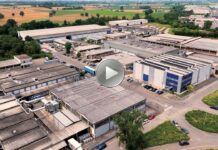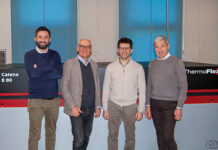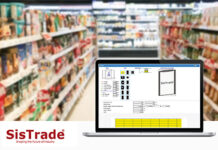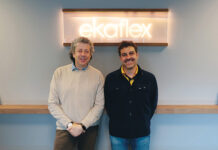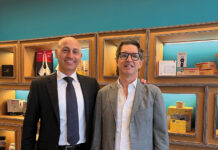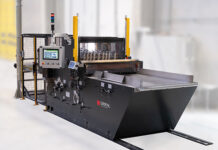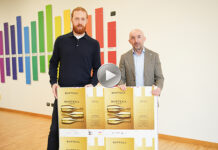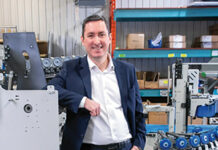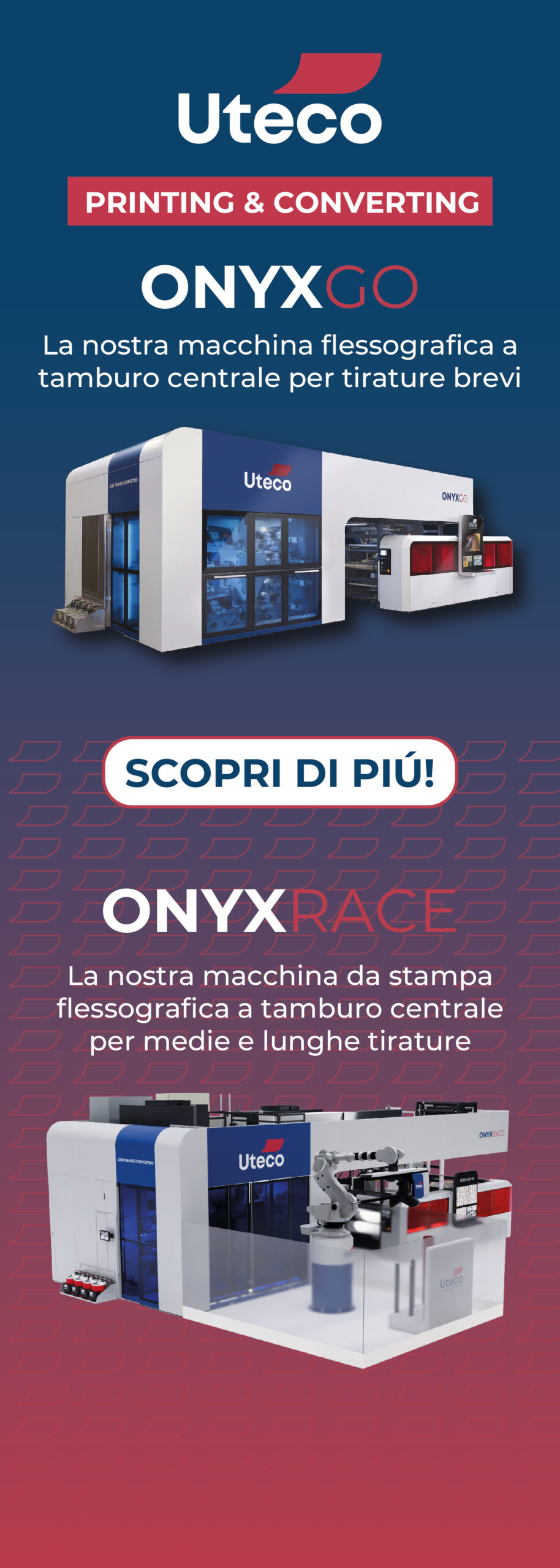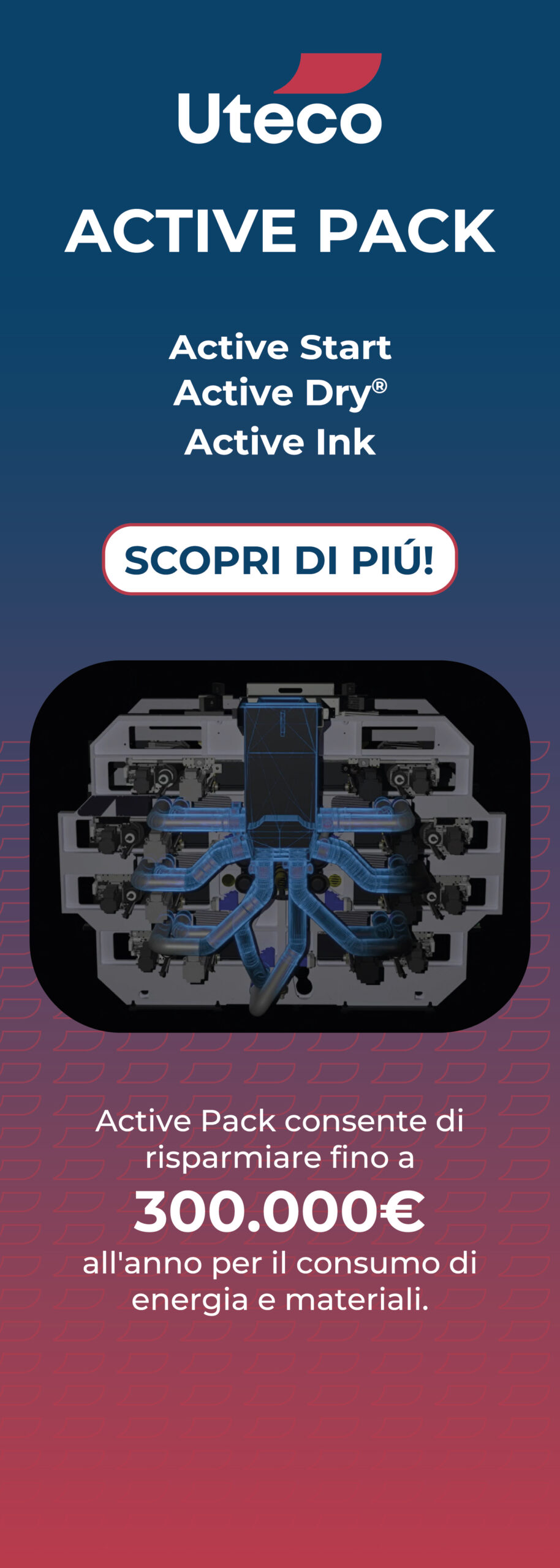Koenig & Bauer is continuing on the path that it adopted in 2014 to transition from a unitary to a divisional group and is positioning itself in 2025 with a new segment structure that is aligned even more closely to current and future customer needs and the relevant business model. As a result of the leaner structures, the number of segments will be reduced from three to two, namely Paper & Packaging Sheetfed Systems (P&P) and Special & New Technologies (S&T). The Group’s focus will remain on the high-growth packaging market.
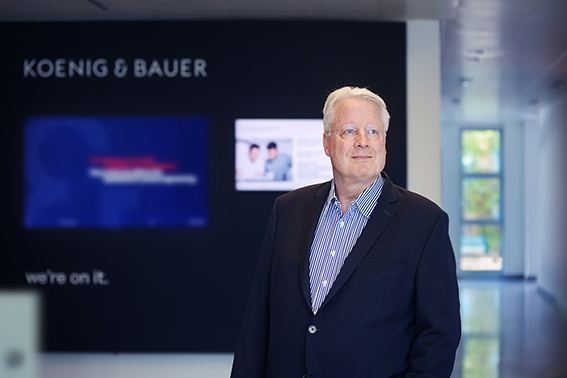
Paper & Packaging Sheetfed Systems (P&P) segment
In the future, all the previous activities of the Sheetfed segment will be consolidated within the new Paper & Packaging Sheetfed Systems segment. As well as this, the corrugated cardboard activities for the Chroma series bundled under the Celmacch joint venture, which were previously assigned to the Digital & Webfed segment, will be allocated to this segment due to the close technological and customer overlap between folding box and corrugated cardboard producers. The activities of the Koenig & Bauer Durst joint venture will continue to be based here.
This segment will be specialising in end-to-end solutions for the high-growth folding box and corrugated cardboard box markets, addressing all aspects such as the preprint stage, printing with an integrated digital workflow and postprint processing. In the growing market for postprint solutions, i.e. punching and folding box gluing in particular, Koenig & Bauer is the only full-scale supplier able to offer its customers the entire range of packaging production solutions. Commercial printing will remain a further priority.
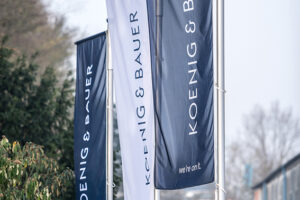
Explains Dr Andreas Pleßke, Chief Executive Officer of Koenig & Bauer, who initiated these changes in close consultation with the Supervisory Board: “The Group’s top priority is to align itself with its customers and markets and to streamline decision-making paths within its business units.”
The Deputy Chief Executive Officer and Chief Financial Officer, Dr Stephen Kimmich, adds: “The bundling of folding carton and corrugated board activities in one segment is our response to customer needs due to the strong technological and cross-customer overlap of these groups. Koenig & Bauer is thus continuing to develop as a ‘one-stop shop’ for cardboard and corrugated board packaging.”
Special & New Technologies segment
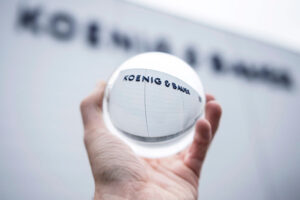
Looking forward, the Special & New Technologies segment will consolidate the previous activities of the Special segment (banknote and security printing, systems for industrial marking and coding and special systems for metal and glass/hollow container direct printing), as well as the remaining activities of the former Digital & Webfed segment. This includes the special packaging printing applications, primarily web digital and flexo web printing. Likewise, the partnership forged between Koenig & Bauer and the Volkswagen subsidiary PowerCo for the development of dry coating for battery cell production will be integrated in this segment. New applications (inspection systems and protection technologies) will be spun off from security printing into an independent Vision & Protection business unit.
Segments to be strengthened and, looking forward, the Executive Board to be rendered leaner
With this alignment, Koenig & Bauer AG as a holding company is streamlining its tasks and assigning more operational responsibilities to the two segments. In addition to pursuing the Group’s strategic responsibilities, the holding company will continue to provide shared services for all Group subsidiaries, including IT, HR, IR, communications, central purchasing and financial services. The members of the Executive Board are closely integrated in the strategic management of the segments. Looking forward, this will make it possible to reduce the number of members to just two, namely Chief Executive Officer and Chief Financial Officer. In the course of 2025, further steps to reorganise the Executive Board will be taken incrementally.
As the Chairman of the Supervisory Board, Prof. Dr. Raimund Klinkner, explains: “This structure, which has been agreed upon jointly between the Supervisory Board and the Executive Board, will ensure that decisions are aligned more closely to the business model, while the leaner structures will increase the speed at which decisions are made and help to optimise costs. All these plans are embedded in a gradual generational transition in 2024 and 2025 from today’s long-standing members of the Executive Board to candidates who constitute an excellent fit for the company’s strategic priorities.”





